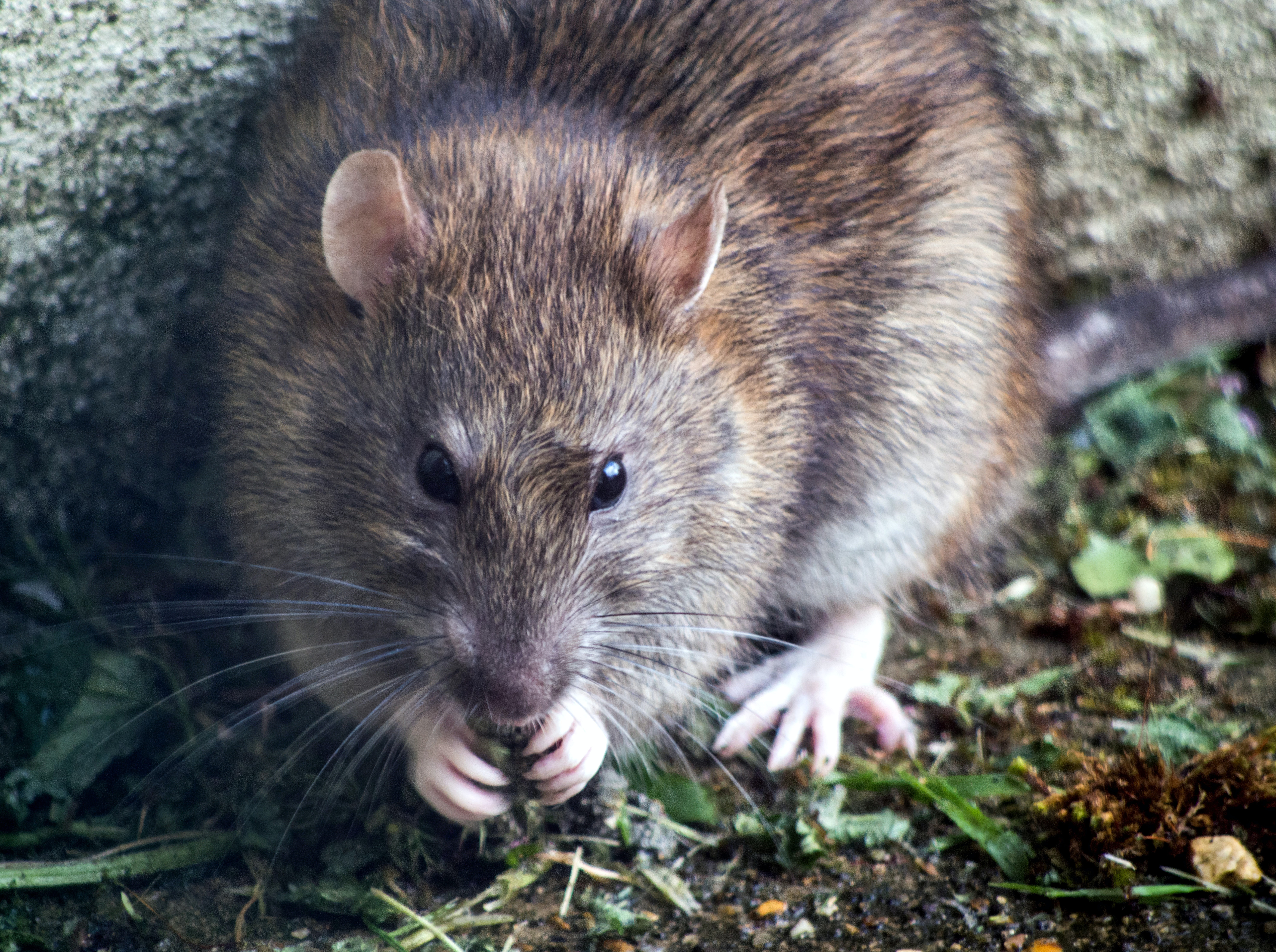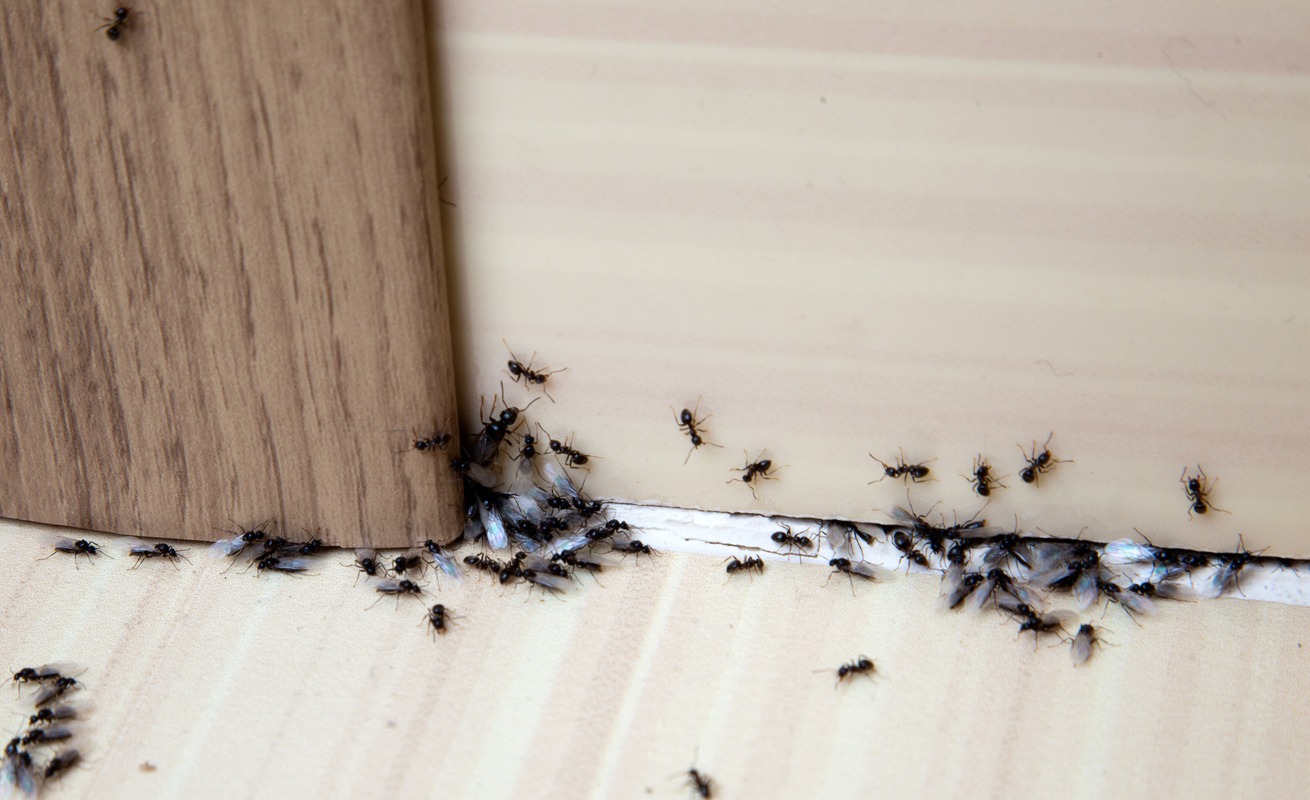Nearly 80,000 Americans have a garage, according to the American Housing Survey. A garage is a terrific addition to any house since it keeps your cars secure, adds to your storage space, and may be utilized as a workshop or hobby room. Sadly, many garage owners battle an unwelcome insect infestation, including bugs and rats. If you do not get rid of these pests once they enter your garage, they can find their way into your main living area, ruin your possessions, and harm the room’s structural integrity. Here are some actions you may do if your garage is infested with pests.
Why Pests Love Garages
Most individuals have once or twice come across an insect, rat, or other problem in their garage. Have you ever pondered why garages appear to be such a favorite among bugs? It is probably due to one or more of the following factors:
Pests are attracted to smells
Pests may be attracted to your garage by a variety of aromas, such as those that are sweet from food items, plants, spills, grains that have been kept, animal food, or birdseed. Unpleasant scents like blood, perspiration, and rubbish can attract some pests.
Garages offer protection
Insects and pests can find refuge in your garage from hazards such as the intense summer heat, bitterly cold winters, harsh or unfavorable weather, natural predators, and more. If their outside habitat has been damaged, pests could potentially go for safety in your garage.
Why Getting Rid of Pests in Your Garage is Important
Pests may be deadly in addition to being an annoyance. Some pests can seriously harm the structure of the garage or your possessions. They could even enter your house through the garage. Rodents and flies are examples of pests that can spread dangerous germs and illnesses. These factors make it essential to get rid of pests quickly.
Common Garage Pests
There are several kinds of pests and bug species that might endanger you and your garage. However, the following are some of the most prevalent pests in garages.
1. Rodents – YOU HAVE TO LINK TO AND CITE THE SURVEY…
One poll found that 37% of Americans observed a rodent in their residence in 2017. 39% of that 37% spotted the mouse in their garage. Rodents, which include mice and rats, are among the most harmful garage pests since they may contaminate your things with fleas and mites, chew on them, and seldom show up alone. Rodents can transmit over 35 illnesses across the globe, according to the Centers for Disease Control and Prevention (CDC).
2. Ants
The first step in solving the problem is to locate the ant in your garage. The three ant species that are most frequently discovered inside houses and garages are:
- Carpenter Ants – Carpenter ants dig through wood and build nests inside of buildings, which can permanently harm shelving and other components in your garage.
- Odorous house ants – Although colonies of these ants nest under waste and wood, many homeowners find that irritating even if they do not necessarily constitute harm to you or your property.
- Pavement Ants – Pavement ants frequently eat food items and have a stinger. They drill through the concrete, including garage flooring, and paving.
3. Spiders
In the late summer and early fall, when temperatures start to change outside, spiders frequently seek refuge inside homes and garages. Spiders of all kinds can enter your garage through crevices or while the door is open. On the floor and in the crevices of the ceiling, they create unattractive webs. Although most house spiders do not bite, most homeowners do not want to deal with an infestation.
4. Termites
Termites are among the most expensive household pests in America, causing billions of dollars worth of damage annually, according to the CDC. Termites destroy and eat more than just wood; they frequently cause harm to cardboard boxes, fiberboard, paper goods, furniture, and other items. They typically enter your garage via weak points, such as the junction of wood siding and the ground or a spot where moisture gathers close to your foundation.
5. Beetles
The United States is home to over 30,000 distinct species of beetles. Packages, firewood, other natural materials kept indoors, or even potted plants, can all serve as entry points for beetles into your home or garage. Beetles are generally harmless, but they may be a serious hazard to any food items you store in your garage, including grains, dairy, meats, cereal boxes, and more. Additionally, they have been observed eating plants, wood, and cloth.
6. Sowbugs
Sowbugs live in dark, wet areas and enter your garage through unprotected structural gaps. Almost no risk exists from sowbugs to you, your house or the things kept in your garage. However, a lot of people find being alone annoying. They should not survive for very long unless they can build a nest in a persistently wet region in your garage. Make sure your garage is adequately aired and has no standing water to help reduce the chance of sowbugs.
7. Flies
Since many flies eat trash, waste, and rotting food, they are frequently known to carry diseases and germs that can make people sick, such as:
- Tuberculosis
- Typhoid
- Cholera
- Anthrax
- Salmonella
Flies in garages are frequently attracted to full or empty, filthy garbage cans. Additionally, if the door is left open or has unprotected gaps, it can fly inside your garage.
8. Silverfish
Silverfish are drawn to moist settings, such as wet paper and textiles. They, therefore, represent a serious threat to materials like wallpaper, books, insulation, and even packaged foods. Silverfish scales may also cause allergies in certain people. You should be aware of the indications of an infestation since silverfish are adept at concealing. These indications include:
- Black pepper-like feces
- Holes, notches, or scratches on items or surfaces, which could be feeding marks
- Yellow stains or scales
9. Crickets
Once a cricket or a cricket infestation takes over your garage or house, it might be difficult to get rid of the issue. Crickets are known to gnaw through loose materials and make loud chirping noises all the time. Since crickets can lay hundreds of eggs at once, quick removal is essential to prevent a full-blown infestation. Doing your best to avoid warm, wet spots in your garage can help stop an unmanageable infestation from taking root since crickets are drawn to these environments.
Tips to Keep Your Garage Pest-free
1. Remove Existing Pests
Make sure your garage is currently pest-free before taking any action to guarantee a bug-free environment.
- Examine your garage
- Identify and research found pests
- Have all existing pests or infestations removed
2. Clean Your Garage
Cleaning your garage is the first and most crucial step in preventing a pest infestation since bugs enjoy chaos and clutter.
- Keep it dry
- Remove all debris
- Seal Garbage
3. Check for Cracks
Preventing pests from entering your garage is the easiest approach to keep them out. The following places should be examined for cracks and silicone caulk used to seal them:
- Foundation
- Walls
- Ceiling
- Windows
4. Lay Traps
Pesticides and humane traps are your major alternatives to hiring a professional pest control firm to get rid of pets from your garage. Place manual traps, such as mouse traps, fly strips, or ant catchers, throughout the garage to capture any pests that manage to get inside. Remember to replace the traps regularly.
Around doors, windows, walls, and the garage door entrance apply a non-toxic insecticide. When using pesticides, you must pick one that is safe for you to breathe in and make sure the garage is properly ventilated.
5. Remove Food Temptations
A significant factor in why many pests, particularly rats, enter your garage is food and food products. For instance, if you need to know how to keep mice out of your garage, your first line of defense should always be to remove any food sources. Naturally, you should pick up any leftover food, but you should also check to see if there are any other potential food lures, such as:
- Stored food
- Your grill
- Pet food
6. Check your Garage Door
Examine your garage door carefully if you want a pest-free space. If garage doors are properly maintained, they may be an effective tool for preventing insect infestations. Check your garage door for the issues listed below:
- Proper closure
- No cracks
- Insulation
- Windows
7. Keep up with garage door maintenance
You ought to be well on your way to a pest-free garage if you stick to these recommendations. It may be wise to do a periodic maintenance check if you are unclear whether your garage door is the source of your infestation. To keep your garage door operating properly, regular garage door maintenance is essential.
Regular garage door maintenance consists of:
- Regular inspection
- Keep it clean
- Functional opener
- Contacting the professionals
Conclusion
After reading this article, it sums up of being clean all the time is the top recommendation to make your garage pest-free. However, if pests really cannot be avoided, minimizing these would occur when following the tips listed above.




